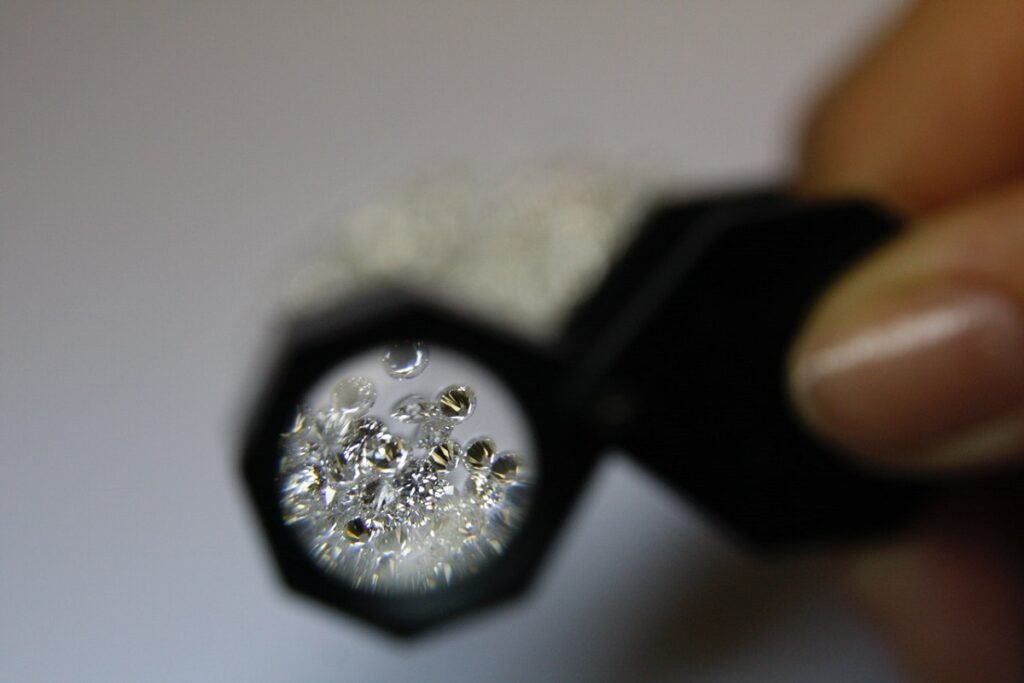Typhoid fever | Symptoms | Treatment | Cause

Typhoid fever, diarrhea, and vomiting are all symptoms of a bacterial infection called typhoid. It has the potential to be lethal. Salmonella typhi is the bacteria that causes it. The infection is spread by infected food and water, and it is more common in areas where handwashing is not practiced. It may also be spread by carriers that are unaware that they are carrying the bacteria An estimate of annual typhoid incidence rate of 493.5 cases per 100,000 person-years has been reported from India. Typhoid affects about 21.5 million people worldwide per year. Dr. Ramit Singh Sambyal, a renowned and leading general physician in Vasant Kunj, Delhi, and an Emergency Physician in Delhi with more than seven years of experience, clarified that typhoid can be successfully treated with antibiotics if caught early, but it can be fatal if not treated.
Table of Contents
Causes
Salmonella typhi, a deadly bacteria, causes typhoid fever. The bacteria that cause salmonellosis, another severe intestinal infection, are similar to Salmonella typhi, but they are not the same.
The majority of people in developing countries contract typhoid bacteria while traveling. Once infected, they can spread the disease to others through the fecal-oral route.
This means that infected people transmit Salmonella typhi in their feces and sometimes in their urine. You can become sick if you eat food that has been treated by someone who has typhoid fever and hasn’t washed their hands thoroughly after using the restroom.
When typhoid fever is present in a developing country, the majority of people become infected by consuming polluted water. The bacteria may also be transmitted by contaminated food or direct contact with an infected person.
Symptoms
Signs are likely to grow gradually, according to some best general physician in India. They usually occur one to three weeks after exposure to the disease.
Early Signs and Symptoms of Sickness Include:
- Fever that begins low and gradually rises during the day, likely hitting 104.9 degrees Fahrenheit (40.5 C)
- Pain in the head
- Weakness and exhaustion
- Muscle pain
- Sweating is a common occurrence.
- Coughing that is dry
- Appetite loss and weight loss
- stomach ache
- Constipation or diarrhea
- savage
- The stomach is very bloated
Illness in The Future You May:
- Become delirious if you do not receive care
In the typhoid state, you’ll be motionless and tired, with your eyes half-closed. At this time, life-threatening complications are common. Signs and symptoms may reappear up to two weeks after the fever has subsided in some people.
Treatment
The only effective cure for typhoid fever is antibiotic therapy. Antibiotics that are commonly administered include:
- Ciprofloxacin (Cipro): In the United States, doctors often recommend this for adults that are not pregnant. Ofloxacin, a related antibiotic, can also be used. Unfortunately, many Salmonella typhi bacteria, especially those found in Southeast Asia, are no longer susceptible to antibiotics of this kind.
- Azithromycin (Zithromax): If an individual is unable to take ciprofloxacin or if the bacteria are immune to ciprofloxacin, this can be used.
- Ceftriaxone is a type of antibiotic: This injectable antibiotic is an alternative to ciprofloxacin for more complicated or severe infections, as well as for people who aren’t ciprofloxacin candidates, such as infants.
These medications can have negative side effects, and long-term use can lead to antibiotic-resistant bacteria.
Typhoid fever can be prevented and regulated with safe drinking water, better hygiene, and proper medical care. Unfortunately, in many developing countries, achieving these goals can be difficult. As a result, some doctors suggest that vaccinations are the most effective way to prevent typhoid fever.
If you live in or plan to go to places where typhoid fever is a serious threat, you should get vaccinated.








